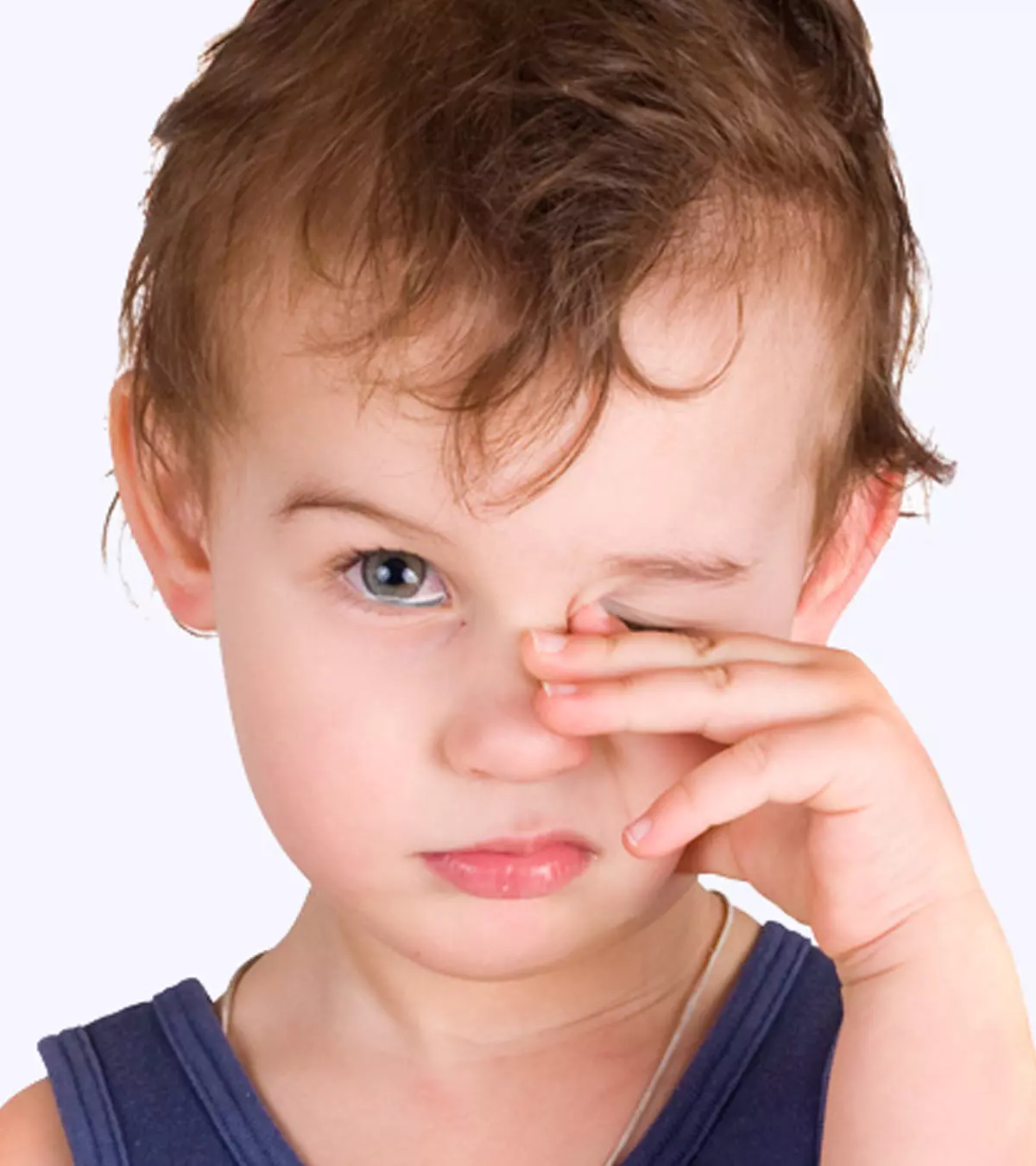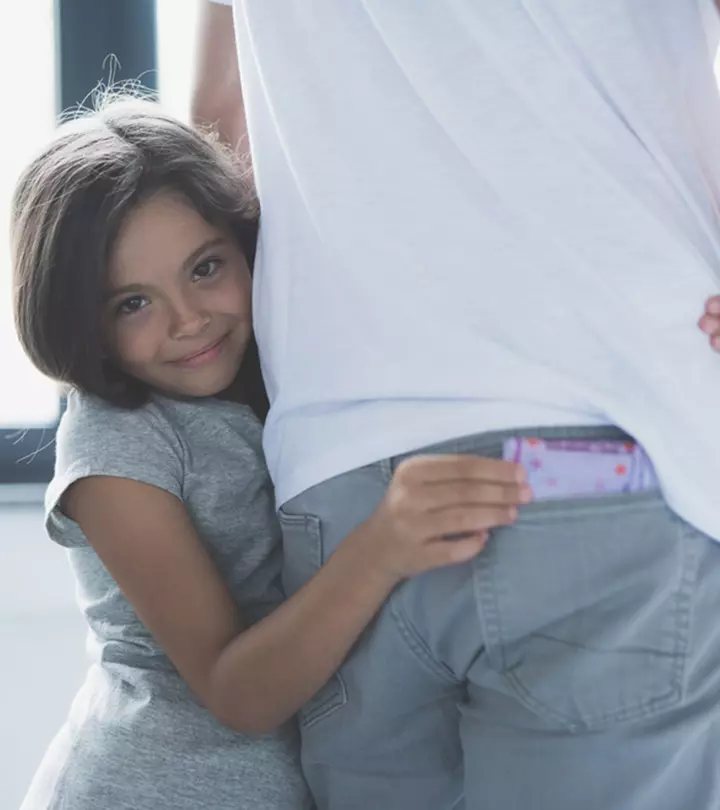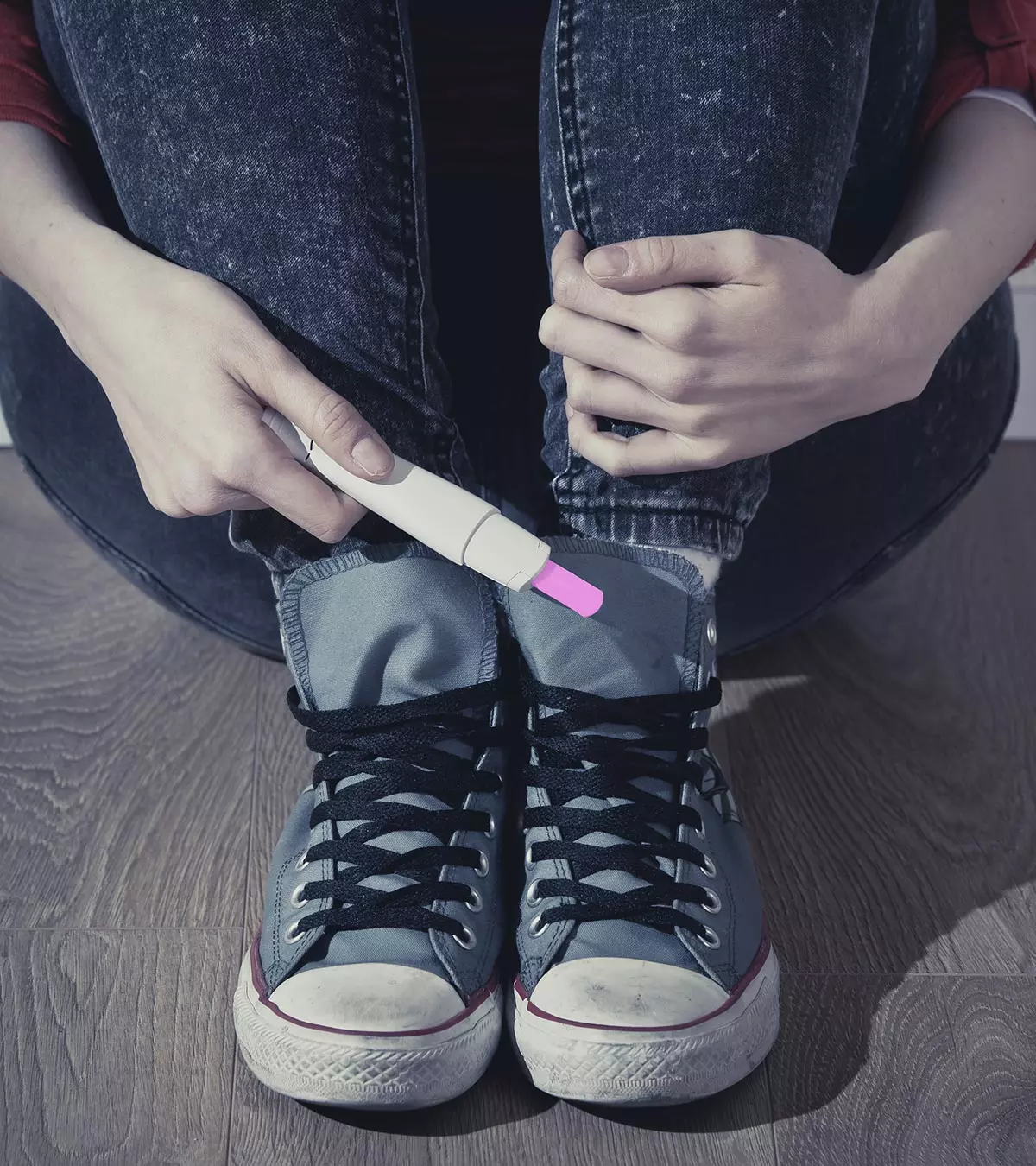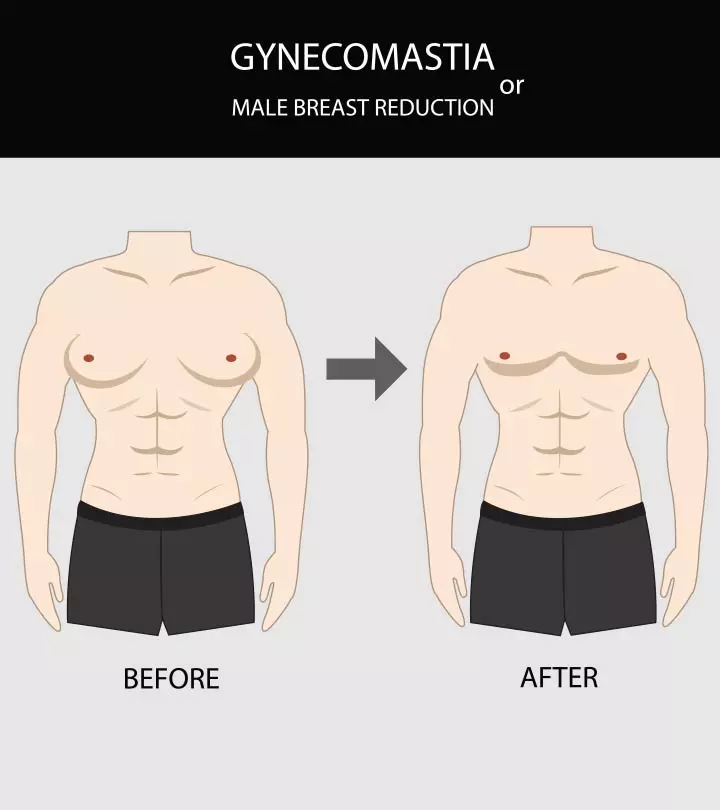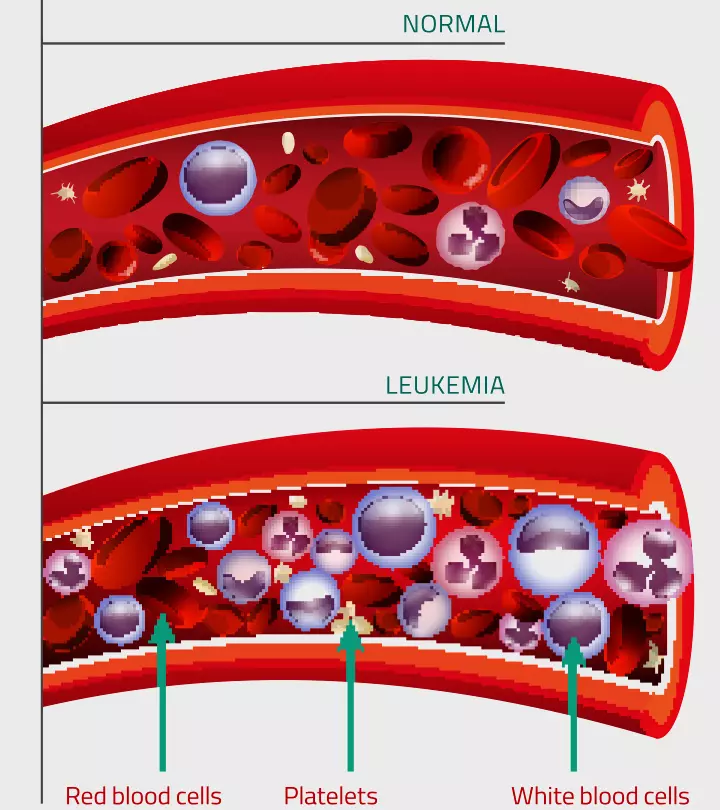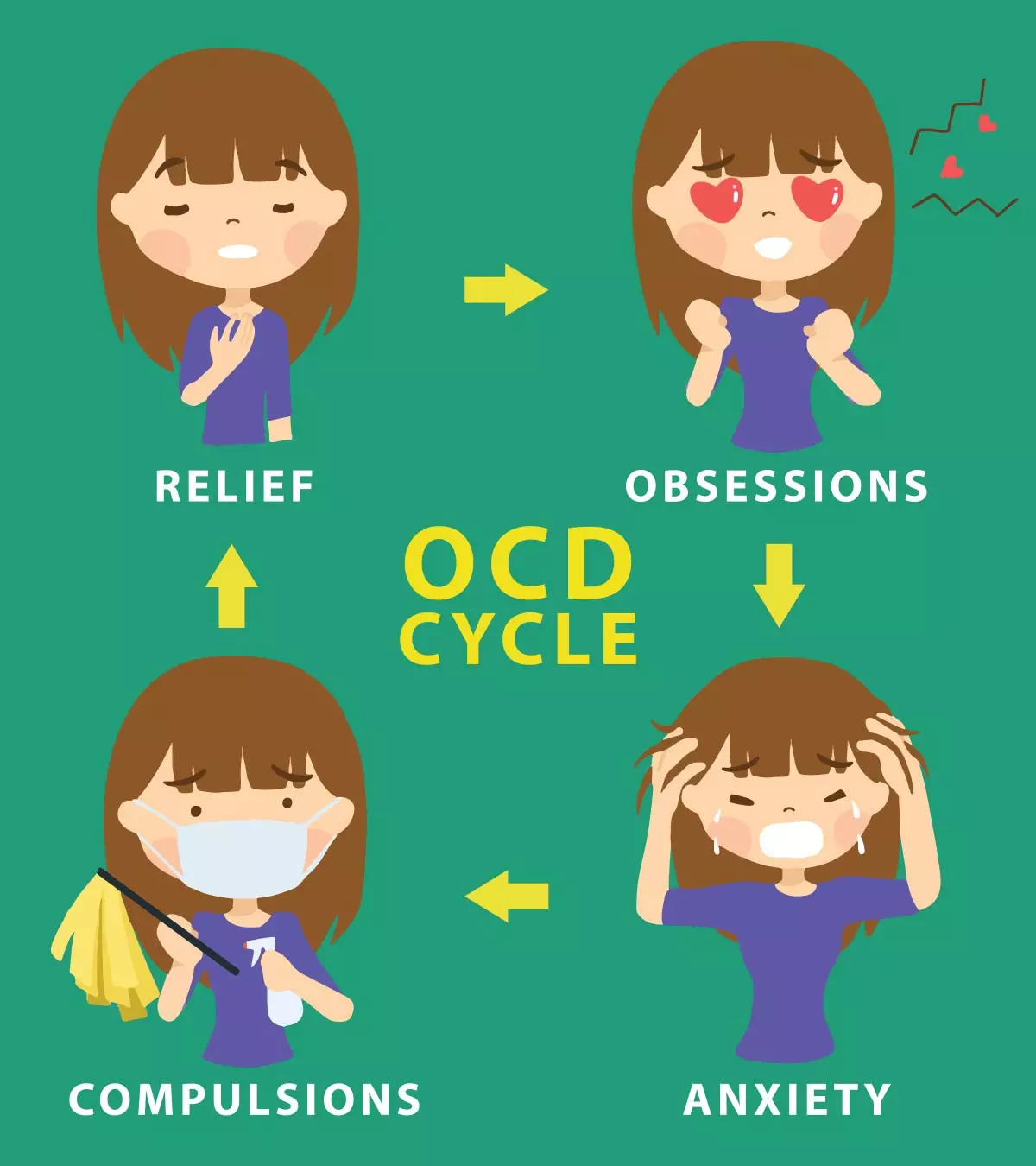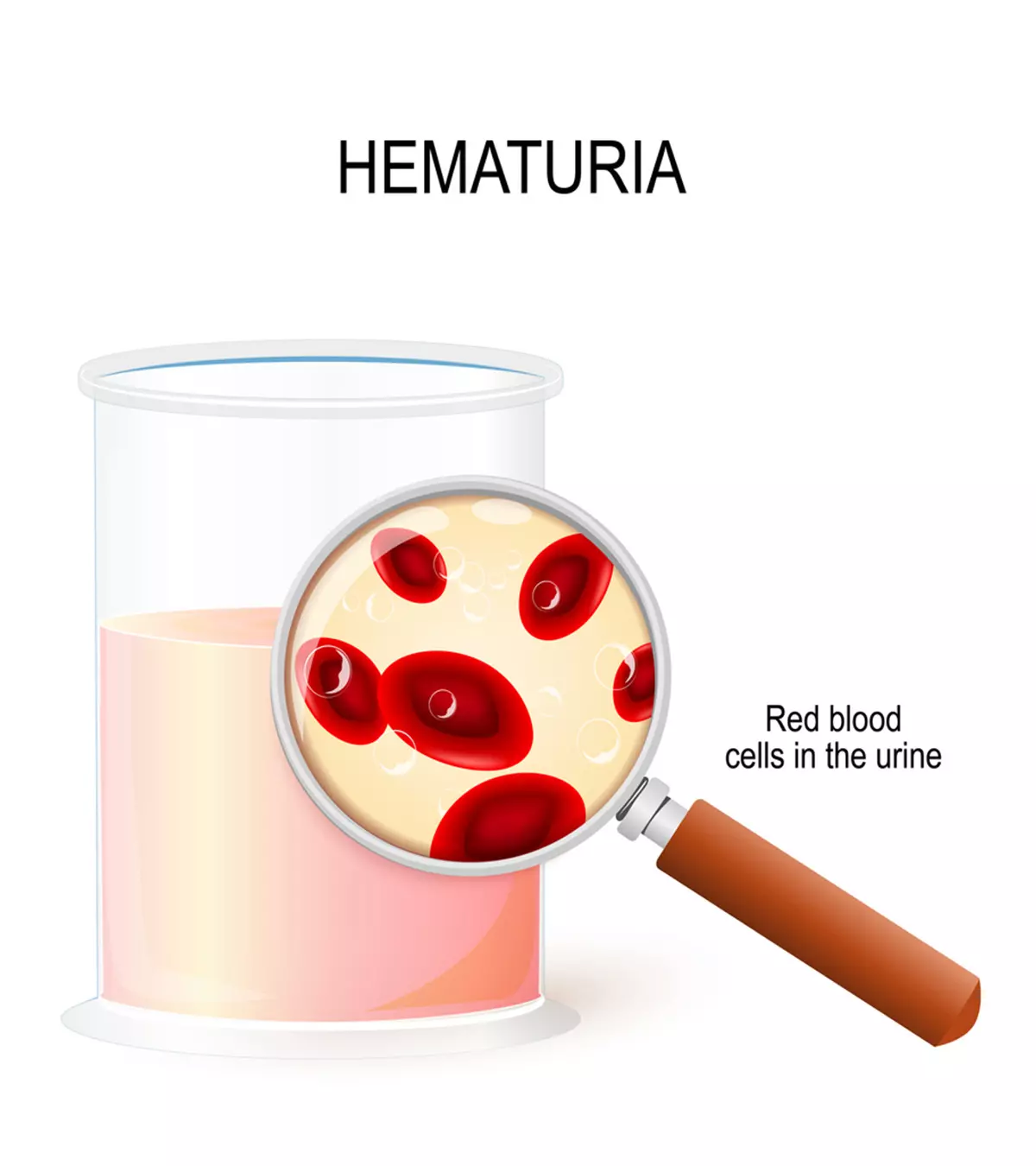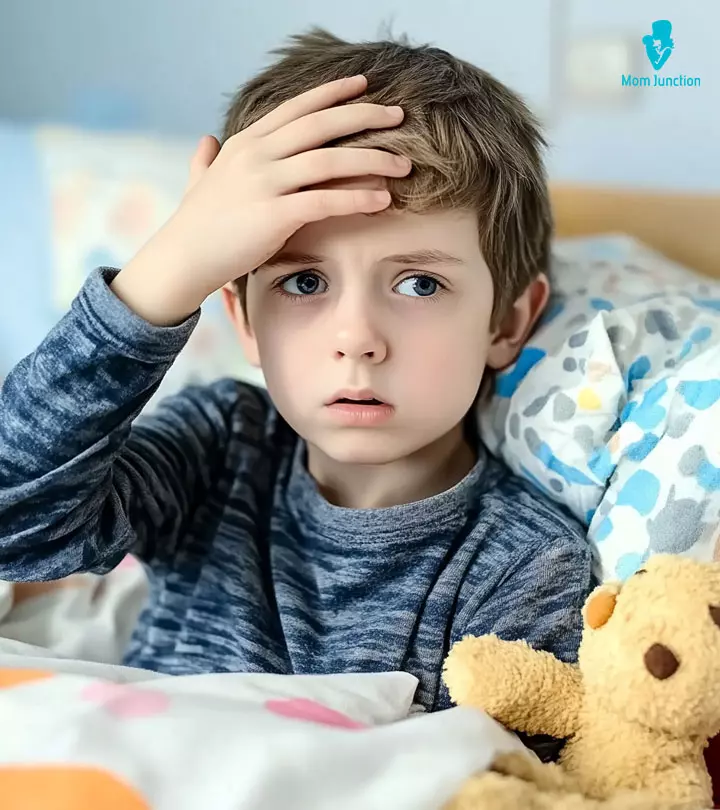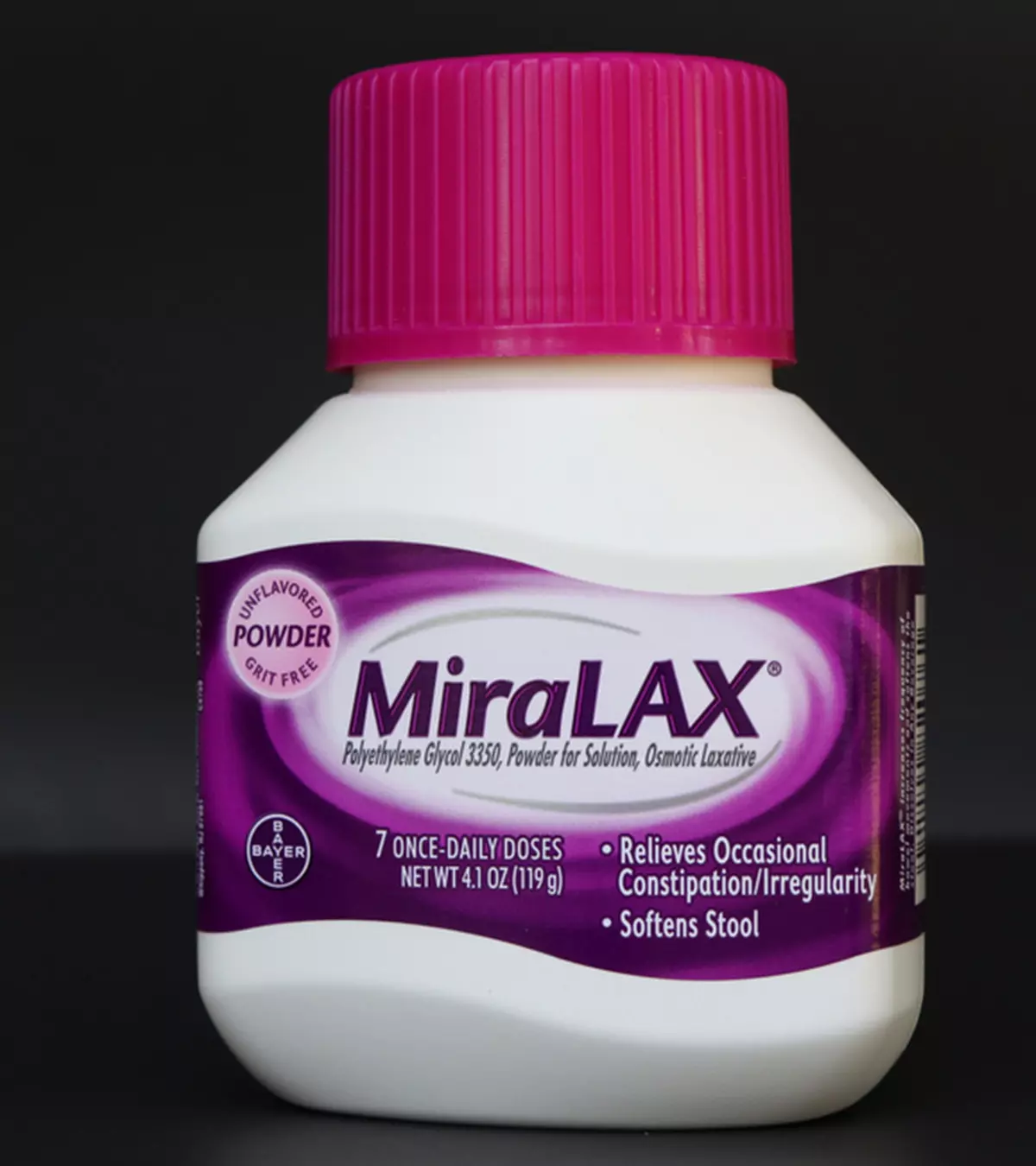
Image: ShutterStock
Miralax is a non-prescription osmotic laxativeiDrugs that cause the stools to absorb water, making them softer and easier to pass used to relieve constipation, a common concern among children.
Though the US Food and Drug Administration (FDA) permits its use by adults, the use of Miralax for kids should be regulated. Miralax is the trade name of the drug containing polyethylene glycol 3350 (PEG 3350), a water-soluble drug. PEG 3350 enables the bowel to retain more water, aiding in stool softening so that passes easily. Some other brand names of PEG 3350 are MiraLax, Lax-A-Day, GlycoLax, and RestoraLAX (1) (2).
Read this article to learn about the dosage, benefits, possible side effects, and alternatives to Miralax for children.
Key Pointers
- Miralax is a stool softener that prevents constipation and helps in smooth bowel movement.
- While the FDA does not approve the use of Miralax for children, pediatricians may prescribe it for your child after weighing risks and benefits.
- Miralax may have side effects such as abdominal troubles, including frequent bowel movements, bloating, cramping, and gas.
Uses Of Miralax
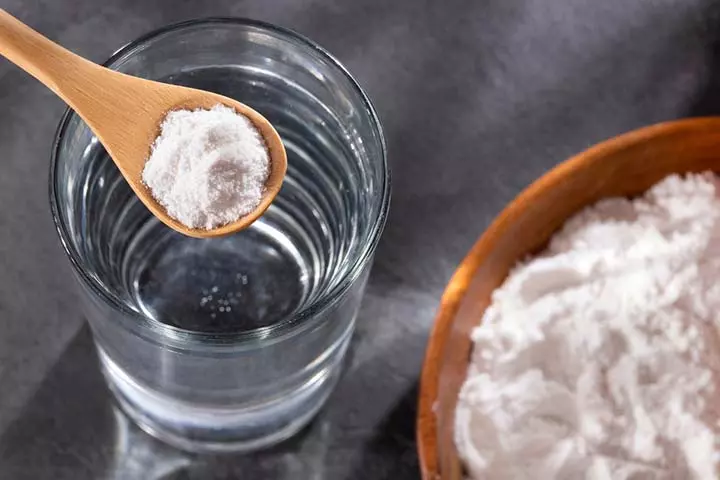
Image: Shutterstock
Miralax is a colorless, tasteless, and odorless powder mixed with four to eight ounces of liquid and consumed to help with bowel movement (3). The stool softener helps in supplying the required amount of water to the colon. The water makes the stool softer, thereby making it easier to leave the body. When consumed in the correct dosage, it helps in relieving constipation (2).
 Quick fact
Quick factIs Miralax Safe For Children?
The safety of pediatric use of Miralax is a topic of much debate amongst parents and doctors due to reports of some neurological or behavioral symptoms in children.
The FDA has not approved its use in children due to a lack of clinical trials to evaluate its metabolism and safety when consumed for a prolonged period (4).
However, several randomized controlled trials have shown PPE 3350 to be effective and safe for treating constipation in children (2).
Here, it is important to note that not having FDA approval does not mean that the drug is not safe for use. Instead, it suggests that the manufacturer has not tested the drug in very large trials on children. Many factors determine the FDA approval, such as funding availability and ethical issues while running trials on children (2).
Dr. Cindy Rubin, a pediatrician and breastfeeding medicine specialist from Westchester, Illinois, says, “Parents often worry about whether Miralax is safe to be given daily. Since Miralax is not absorbed into the bloodstream and stays in the gut, it is safe to take it every day. That said, if your child needs it every day, you should probably see your pediatrician.”
Although Miralax is available over-the-counter, it is recommended that you use it only under a pediatrician’s guidance.
Dosage Of Miralax For Children
Do not administer Miralax to your child without a doctor’s consent, especially if your child has gastrointestinal problems or is taking other medications. The doctor will provide clear instructions and prescribe the appropriate dosage for your child depending on their age, weight, the severity of constipation, etc. It is important to take the medication in strict compliance with the prescribed dosage to ensure safety during the treatment.
Seattle Children’s Hospital recommends the below dosages for children (5).
| Child’s weight in kilograms | Child’s weight in pounds | Dose of MiraLAX powder (1 cap = 17 grams) | Amount of water or juice to be used to mix the powder |
|---|---|---|---|
| 10 to 14.9kg | 22 to 32lb | ½ cap | 4 to 6oz (½ to ¾ cup) |
| 15 to 19.9kg | 33 to 43lb | ¾ cap | 4 to 6oz (½ to ¾ cup) |
| 20 to 24.9kg | 44 to 54lb | 1 cap | 6 to 8oz (¾ to 1 cup) |
| 25 to 29.9kg | 55 to 65lb | 1¼ cap | 8oz (1 cup) |
Side Effects Of Miralax In Children
Miralax may cause some abdominal side effects such as (2)
- Loose, watery, or frequent bowel movements
- Nausea
- Bloating
- Cramping
- Gas
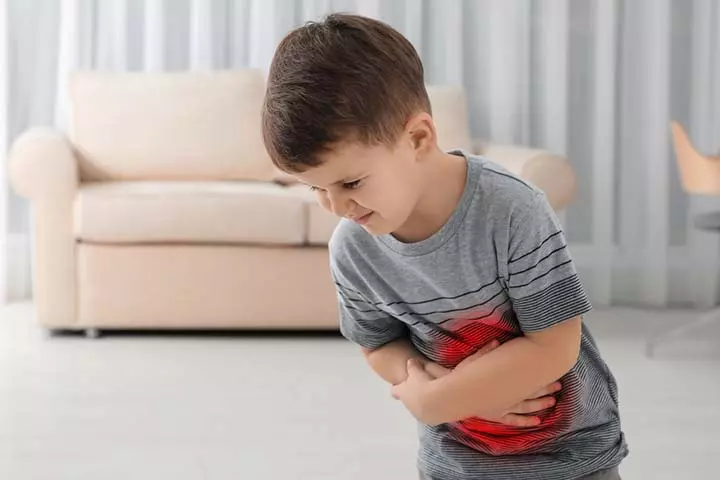
Image: Shutterstock
Allergic reactions to Miralax are rare, but seek immediate medical attention if your child experiences symptoms such as swelling of the lips or mouth, severe rash, or itching.
Does Miralax Have Behavioral Effects On Children?
PEG 3350 is a large compound that usually does not get absorbed by the intestines. However, concerns exist over the formation of compounds such as ethylene glycol or diethylene glycol when it breaks down in the body.
Research is being done to see if these smaller compounds accumulate in the body and cause any adverse effects on prolonged use, as some parents have reported neurological or behavioral symptoms in children after the usage of Miralax.
The FDA has received reports of the following symptoms in children who used Miralax (6).
- Seizures
- Sensory disturbancesiConditions resulting in impaired vision, hearing, taste, and smell (senses) or somatosensory system (touch or tactile sensation)
- Anxiety
- Anger
- Mood swings
The FDA is looking for more evidence to establish if Miralax is responsible for these symptoms as current pieces of evidence are inconclusive (2).
 Point to consider
Point to considerAlternatives To Miralax For Children
There are several other laxative options used for constipation prevention or treatment in children. Your pediatrician may provide you with an option from one of the following (7).
| Drug | Brand Name |
|---|---|
| Docusate | Colace, Pedia-Lax, Dulcolax |
| Magnesium hydroxide | Pedia-Lax chewable tablets, Phillips milk of magnesia |
| Glycerin suppositories | Pedia-Lax glycerin suppositories |
| Senna | Fletcher’s laxative for kids, Little remedies for tummys |
| Bisacodyl | Dulcolax laxative tablets, Dulcolax laxative suppositories |
Note:
Do not use any of these medicines without a pediatrician’s consent.
In addition to the medicines, you may try some age-old successful techniques for bowel regularity such as
- Providing the child with a fiber-rich diet. Some fiber-rich foods for kids include fruits, vegetables, prunes, figs, beans, and lentils. Using foods to relieve constipation in kids can be an effective and natural approach to managing healthy bowels.

Image: Shutterstock
- Working on the potty seat Get them a potty seat that is stable and accurate in size, and give them a footstool.
- Making sure the child drinks ample water to keep the poop soft and moving in the gut.
- Encouraging the child to lead an active lifestyle and practice healthy bowel habits.
 Quick tip
Quick tipFrequently Asked Questions
1. With what can I mix Miralax for my child?
You may use beverages such as water or juice to mix Miralax for your child, making the solution palatable (8).
2. What time of the day can I give my child Miralax?
Dr. Rubin opines, “Most recommend giving Miralax at night before bedtime, with the goal of the child sleeping through the night and waking up to have a poop in the morning. However, I find that whatever time of day works for you is fine. The key is ensuring your child stays hydrated when taking Miralax. That’s why we recommend taking it with four to eight ounces of water or another liquid of choice.” When constipation initially appears, start giving Miralax to your baby and keep doing so for up to seven days to get relief (9). Talk to the pediatrician before you start the dosage.
3. Can Miralax be taken long-term?
Miralax is suitable for long-term use in treating functional constipation in children. The dosage needs to be adjusted according to the child’s bowel movements. It is recommended to maintain the treatment until the child has regular bowel movements for three months, after which the dose can be gradually reduced (10).
4. Can too much Miralax hurt a child?
Miralax is safe for children if used as instructed. It’s important to follow the recommended dosages based on the child’s age and make adjustments if needed. Using too much Miralax can cause loose stools or frequent bathroom visits, but the right dose helps ensure regular bowel movements (10).
5. Why are parents against Miralax?
Parents might be worried about the possible negative effects of using Miralax for a long time on their children’s behavior and overall health. According to reports from the FDA, people who used Miralax experienced different symptoms such as seizures, problems with their senses, feelings of anxiety, anger, and changes in mood. (6).
Though the Food and Drug Administration did not approve Miralax for kids and is neither banned, it is always better to take your little one to the doctor when they have constipation or other digestive health issues instead of giving them the drug. The doctor will examine the symptoms and go through the medical history before prescribing the medicines with the right dosage. Although there are no serious side effects of the drug, stop giving it if you notice any unusual signs and symptoms and consult a medical professional.
Infographic: Ways To Help Children With Constipation
Constipation is a common problem in children, which can be prevented or relieved by making simple changes in everyday life. Besides dietary changes, some easy physical interventions may be helpful. Check out the infographic below for more information. Illustration: Momjunction Design Team
Illustration: Miralax For Kids: Safety Concerns Dosage And Side Effects

Image: Stable Diffusion/MomJunction Design Team
In this video, an expert talks about the long-term effects of using Miralax to help a child with constipation. Discover if it is safe and effective for long-term use.
References
- What Are Osmotic Laxatives and How Do They Work?
https://www.miralax.com/miralax-works-differently - Polyethylene Glycol 3350 (PEG 3350) Frequently Asked Questions.
https://www.gikids.org/files/PEG_3350_FAQ_formatted.pdf - Constipation: every parent’s favorite topic.
https://www.childrensmercy.org/parent-ish/2024/04/constipation/ - PEG 3350; North American Society for Pediatric Gastroenterology.
https://naspghan.org/advocacy/top-issues/fda-regulations/ - Severe or Chronic Constipation: Polyethylene Glycol (Miralax) Dosage Table.
https://www.seattlechildrens.org/globalassets/documents/for-patients-and-families/pfe/pe1696.pdf - Sunny Z. Hussain, et al. (2019). Probable neuropsychiatric toxicity of polyethylene glycol: roles of media, internet and the caregivers. DOI:
https://onlinelibrary.wiley.com/doi/pdf/10.1002/ygh2.336 - Allison Beck Blackmer and Elizabeth Anne Farrington; (2010); Constipation in the Pediatric Patient: An Overview and Pharmacologic Considerations.
https://www.jpedhc.org/article/S0891-5245(10)00263-4/pdf - Safety of Polyethylene Glycol 3350 for the Treatment of Chronic Constipation in Children.
Safety of Polyethylene Glycol 3350 for the Treatment of Chronic Constipation in Children | Clinical Pharmacy and Pharmacology | JAMA Pediatrics | JAMA Network - Frequently Asked Questions.
https://www.miralax.com/faq - Laxative (MiraLAX) Treatment for Children.
https://mydoctor.kaiserpermanente.org/ncal/article/laxative-miralax-treatment-for-children-1235070
Community Experiences
Join the conversation and become a part of our nurturing community! Share your stories, experiences, and insights to connect with fellow parents.
Read full bio of Dr. Aarti R. Motiani

Dr. Cindy Rubin is a pediatrician and breastfeeding medicine specialist practicing in the Western Suburbs of Chicago. She did her undergrad at Stanford University, medical school at Georgetown, and pediatrics residency at the University of Chicago. After working at Loyola University Medical Center as an outpatient general pediatrician for 13 years, she opened her new practice, In Touch Pediatrics and Lactation.
Dr. Cindy Rubin is a pediatrician and breastfeeding medicine specialist practicing in the Western Suburbs of Chicago. She did her undergrad at Stanford University, medical school at Georgetown, and pediatrics residency at the University of Chicago. After working at Loyola University Medical Center as an outpatient general pediatrician for 13 years, she opened her new practice, In Touch Pediatrics and Lactation.
Read full bio of Dr. Ritika Shah
Read full bio of Rebecca Malachi
Read full bio of Vidya Tadapatri






